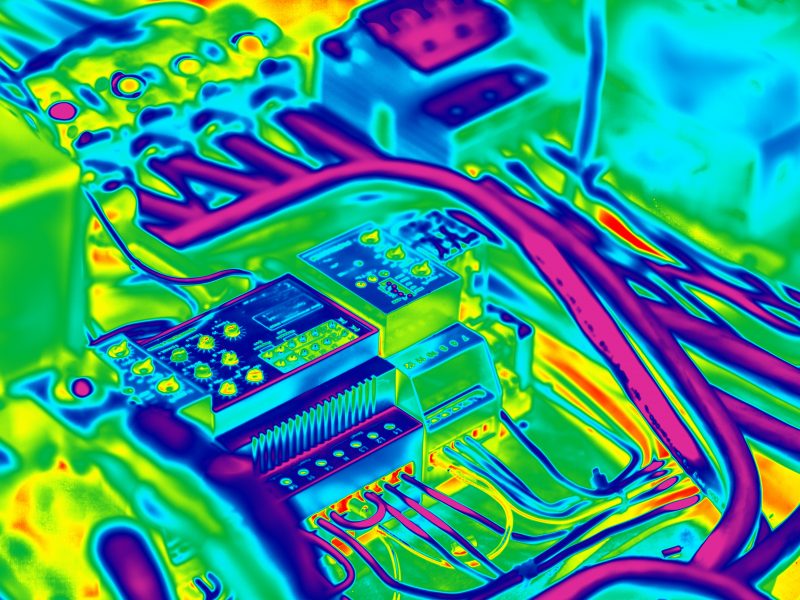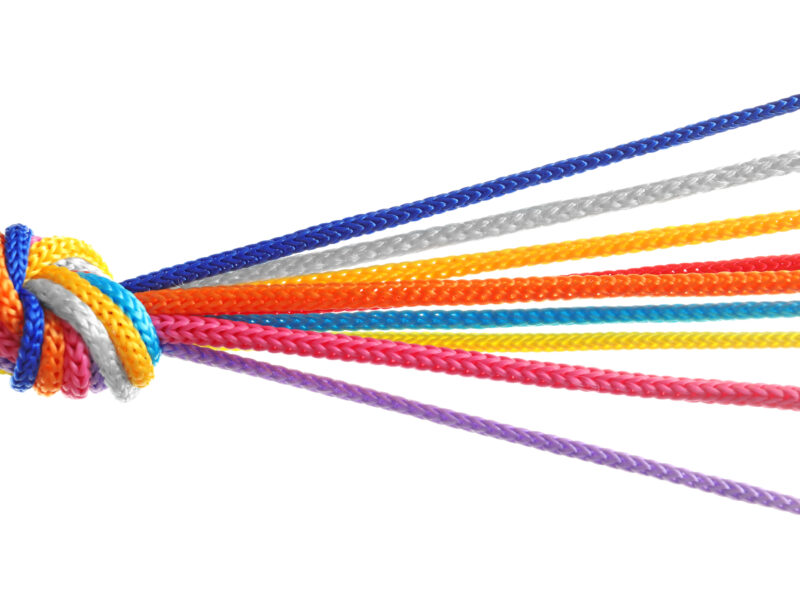
The Importance of Strategic Thinking in Product Development and Engineering
Strategic thinking is the cornerstone of successful product development and engineering. It involves the systematic planning, assessment, and execution of actions that align with long-term goals and visions. Here’s why strategic thinking is indispensable in these fields: 1. Vision Alignment and Goal Setting Strategic thinking helps in setting a clear vision for product development. By [...] Read More
Things I’ve Learned Leading and Transforming Engineering Teams
Leadership is both an art and a science, particularly when it comes to guiding engineering teams. Over the years, I’ve gathered a wealth of experience and insights on what it takes to not only lead but also transform engineering teams into high-performing, cohesive units. Here are the key lessons I’ve learned: 1. Building Trust Observing, [...] Read More
When is it time to let go in product development?
HatchOne recently had to let go of a product development project, not because we didn’t believe in the product but because the business objectives no longer showed success. This blog highlights the importance of understanding when a great idea might not make it to market. It's important to keep your eyes wide open and always [...] Read More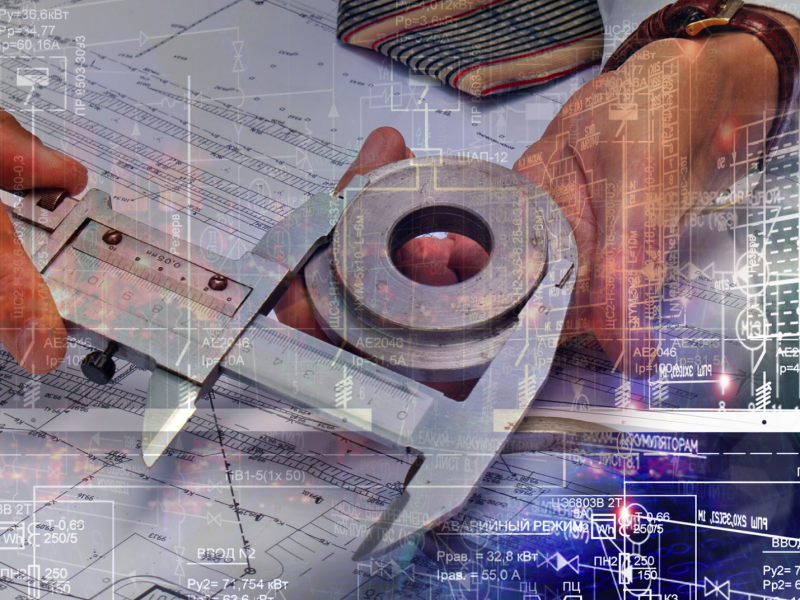
24 Hours of Design
People are often amused at what designers observe as they go through their days. We’re often asked for opinions like, “what vacuum should I buy?” This blog is a list of design observations throughout a 24-hour period. Have fun guessing what the products are and why we might be curious about them. Airport (mostly) water [...] Read More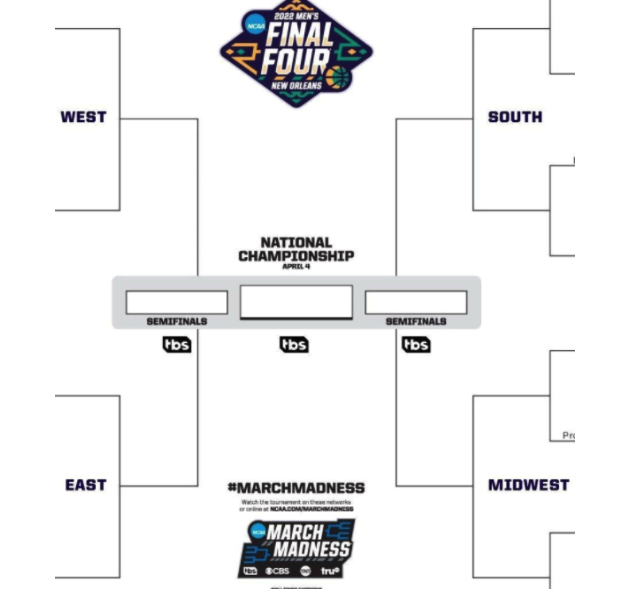
Slam Dunk Design: NCAA Tournament Showcases Final Four Design Details
A perspective on some of The Final Four designs - Basketball Shoes, Commercials, ESPN TC App, Hair HatchOne got deep into March Madness this year. It makes a huge difference on fan intensity when you’ve filled out a bracket. Without one, you’re curious about the upsets. With one, you’re fanatically cheering for your picks whether [...] Read More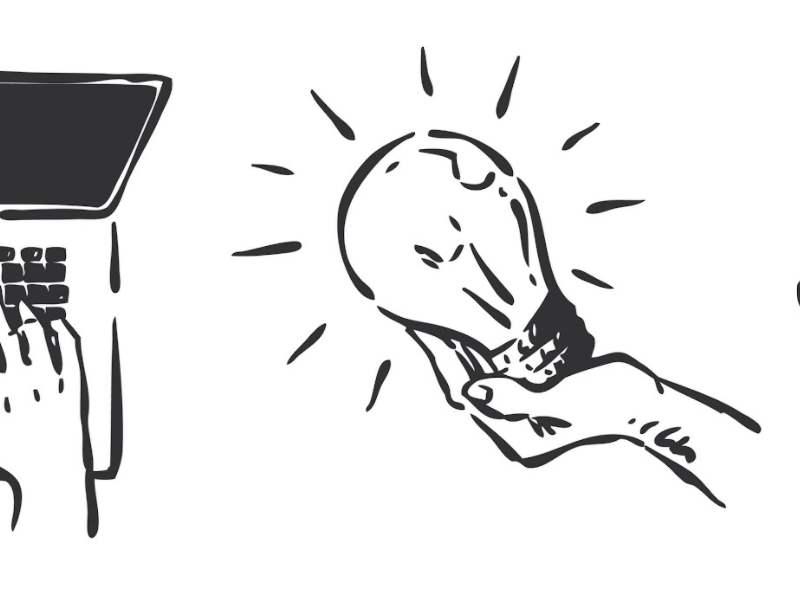
Engineers that Write
Engineers that write well bring a skillset to a team that’s woefully overlooked. HatchOne is helping a startup understand, align and write product documentation from first Design Brief and R&D documents to critical Engineering Specifications. It is reminding me how critical clear, concise writing is for successful product development. Process and Documentation Defining and documenting [...] Read More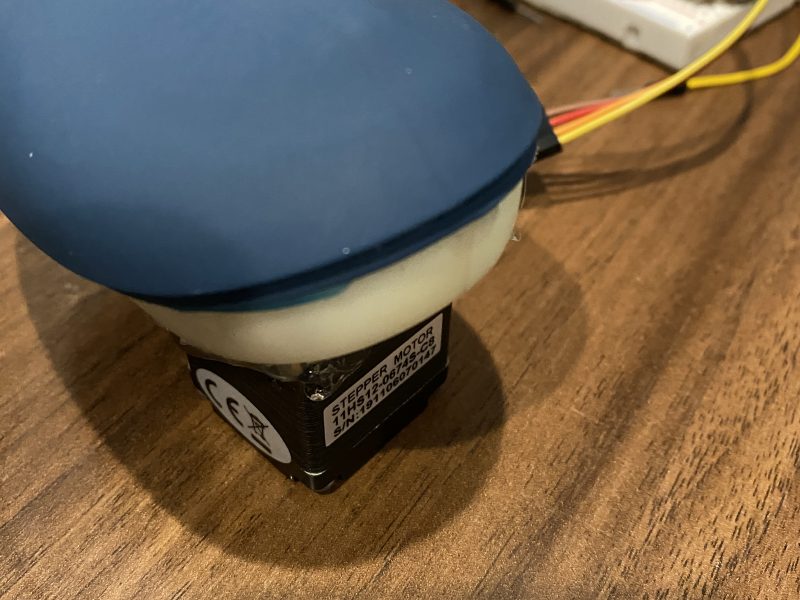
The Power of Rapid Prototypes
Is it better to do analyses in CAD or to build quick and rough breadboard prototypes to test, evaluate and confirm concepts? HatchOne has recently been pushing rapid breadboard testing in lieu of CAD, CFD and other analyses. “A picture is worth a thousand words, a part is worth a thousand pictures.” - someone at [...] Read More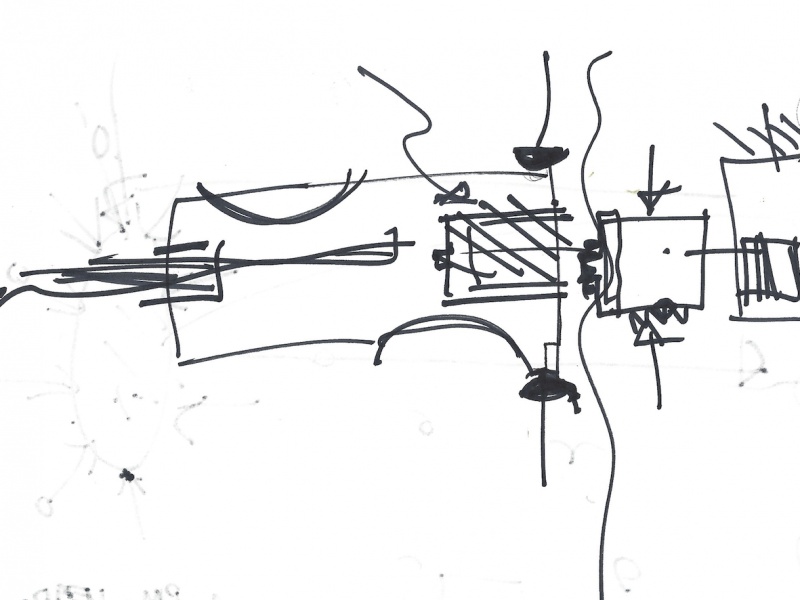
How to Sketch for Communication
There have been a number of requests to share a “How to Sketch” blog. Inspired by Brian Baker’s recent LinkedIn post about measuring and sketching, I figured it was about time to share how I learned this skill set. I’ve painted my whole life, starting with paint-by-numbers when I was young. The first one was [...] Read More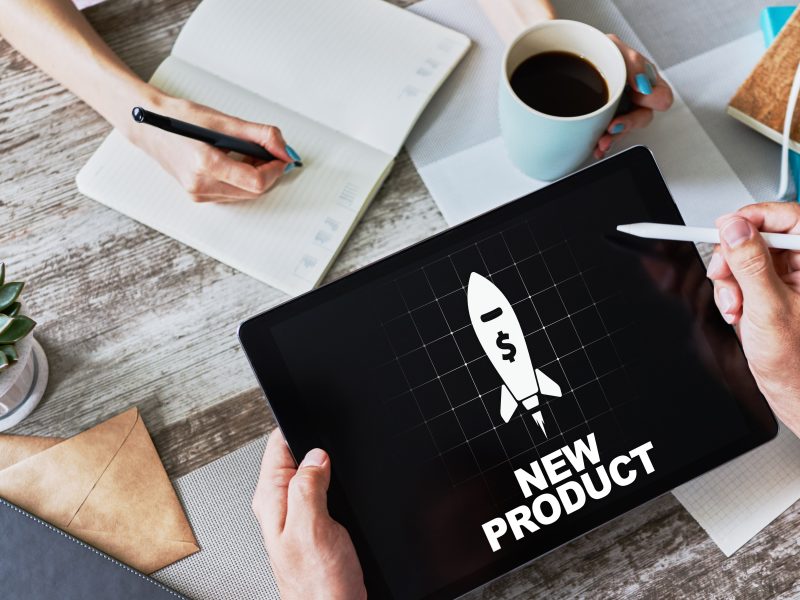
10 Insights on Being an Entrepreneur
HatchOne specializes in getting products to market - especially entrepreneurial product ventures. Recently a lot more of our inquiries are startups and smaller companies looking for guidance on launching their first products. Over the years we’ve accumulated a go-to list of insights on launching products. Below are our Top 10. Getting a product to market [...] Read More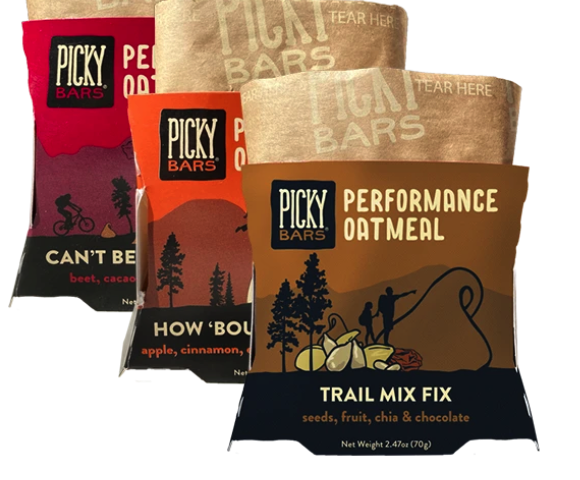
Product Review – Oatmeal in a Box
HatchOne’s latest product review is Picky Bars Performance Oatmeal. Picky Oats is not only a tasty, protein packed nutritious meal — it comes in a clever flat pop-up cup for steeping and eating. A perfect solution for backpacking, camping and a meal on the run. Packaging The packaging is a clever multifunction design. Graphics are [...] Read More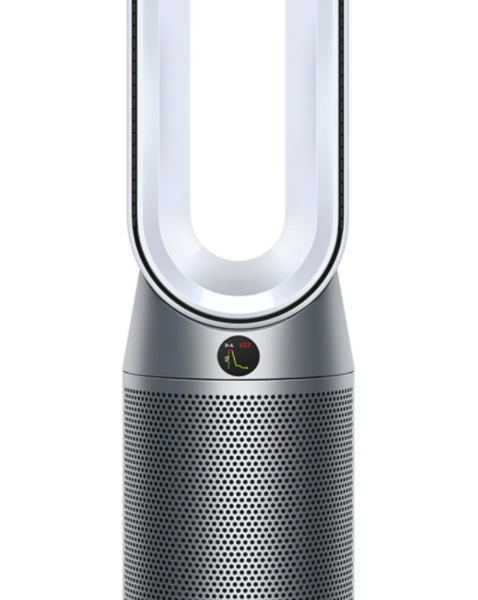
Product Review – Dyson Air Purifier
HatchOne is constantly reviewing products, and when we recently purchased a Dyson HP07 Air Purifier, we knew we had to write a review. The HP07 is an exceptional product — from the unboxing experience, to the app download, to the setting up and running. Unboxing The HP07 Purifier was shipped in its original product packaging. [...] Read More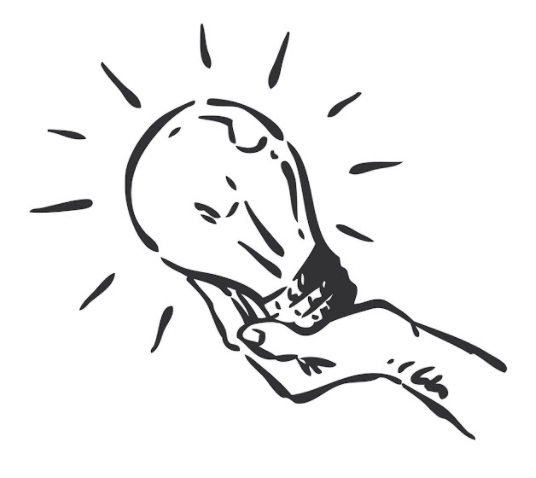
Cross-Pollinating Innovation
HatchOne is currently collaborating with another product development company. During a recent brainstorm, we realized the innovation value that Hatch One adds because of our involvement on such varied products. Product development innovation is accelerated by the creative opportunities individual projects bring to the table. I read one of my favorite books on innovation (Managing [...] Read More
Visualize, Sketch, CAD
HatchOne utilizes sketches early to share concepts and build consensus. The ability to visualize — and then communicate — what is in your brain to paper (or screen) is key to early product success. Product innovation begins with a clear problem statement that catalyzes concept solutions. Getting visualized concepts from your brain to paper is [...] Read More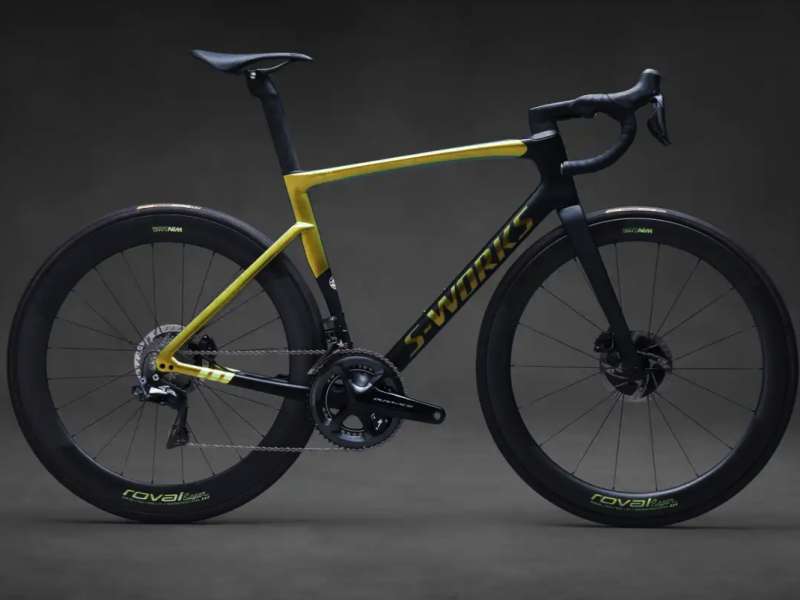
Bicycle Disc Brake – Heat Sink
HatchOne often gets asked to recommend products based on unique design elements. We also stay aware of clever innovations that can be used cross-functionally in different products. We climbed a mountain pass recently on bike and while riding behind a clearly outfitted road rider, noticed a heat sink on the rear disc brake. Brilliant, I [...] Read More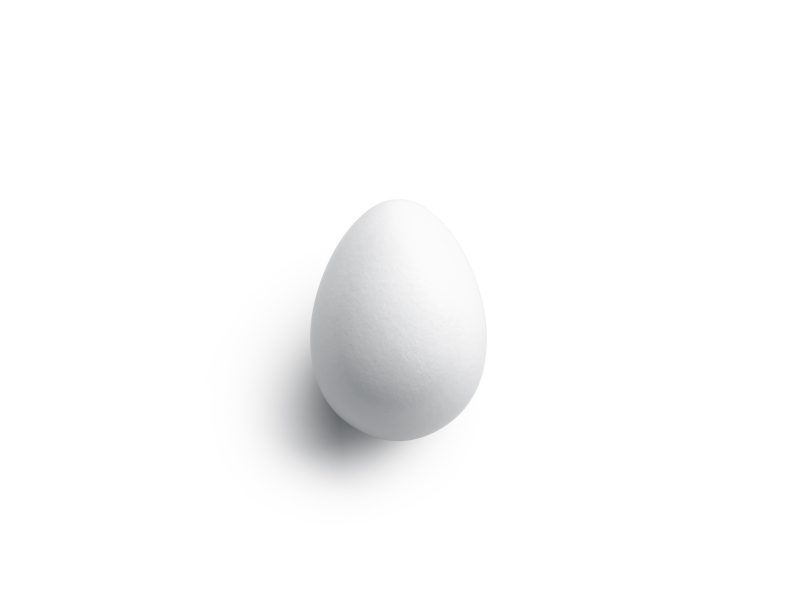
“I have a great product idea!”
Creating products and being an entrepreneur. What does it take to get a product to market? Getting a product to market takes more than a good idea. Good and great ideas can be the catalysts for product launches and certainly can fulfill dreams. But keen awareness is needed that getting an idea to market likely [...] Read More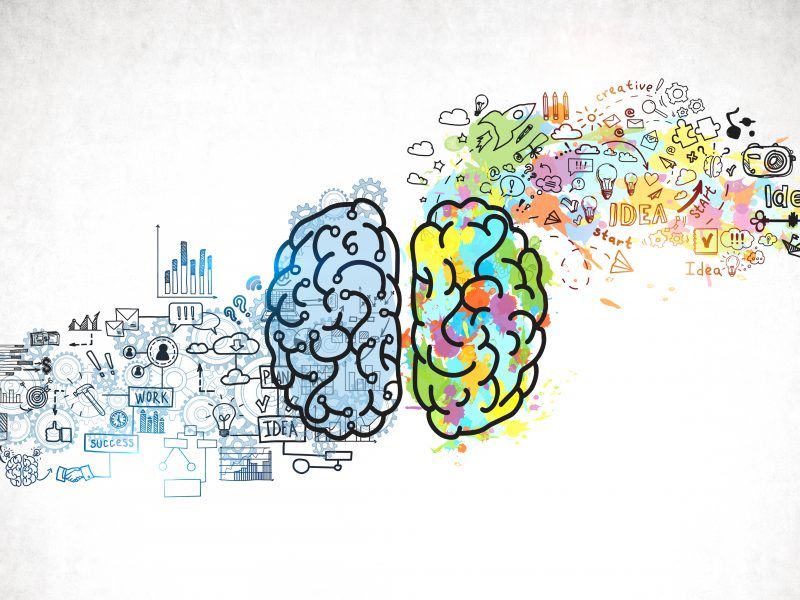
Design and the Brain – Right and Left
The Brain This blog was originally going to talk about the importance of utilizing the analytical and process side of our brains along with the artistic and creative side in product development. It didn’t take me long to learn that there really isn’t a ‘side’ of the brain one uses versus another, but that all [...] Read More
Design is our Name, Process is our Game
The importance of design processes in product development. Product Development Process Processes are critical for efficient and innovative product development that drive margins for revenue. HatchOne uses a five phase approach for full product development projects. Each phase can be gated with go/no-go decisions and allows for important revision cycles for proof-of-concept, specifications and prototype [...] Read More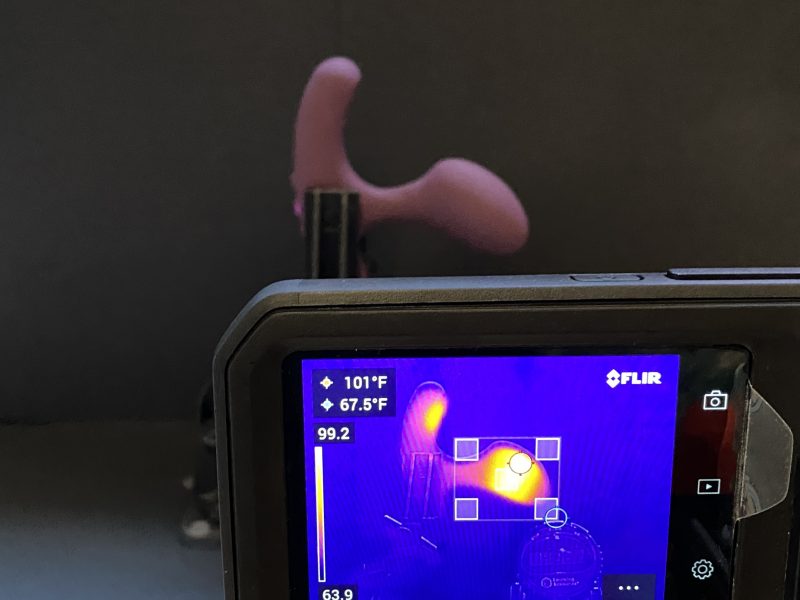
Creative Plastic in Engineering
Thermal Conductive Polymer Tech Understanding thermal heat transfer in products is key for innovative engineering solutions in product design and development. What is a thermally conductive polymer? Thermally conductive polymer materials come from high-tech and were developed in part, to provide conductive cooling in products that produce a lot of heat. The ability to injection [...] Read More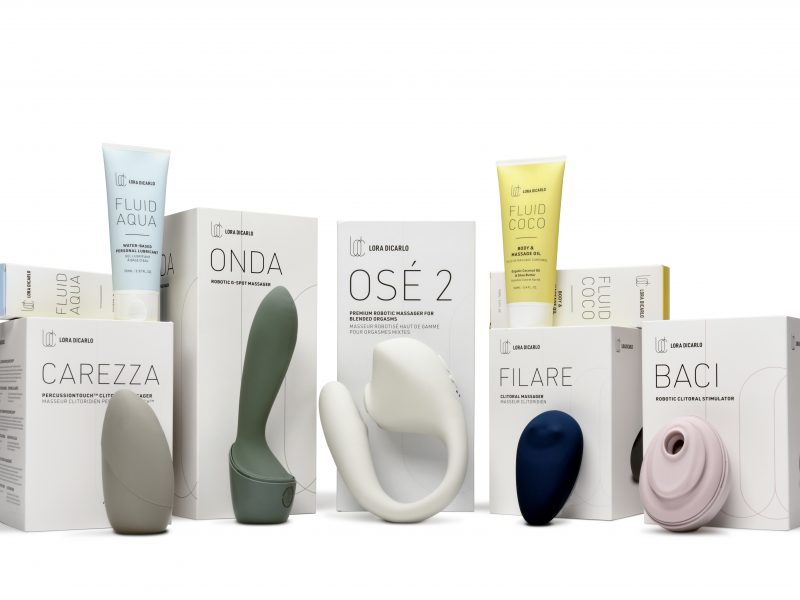
10 Products in 12 Months
Lora DiCarlo is a startup designing micro-robots for the health and wellness industry. Success during a pandemic is getting innovative products to market as quickly as possible to generate sustaining revenue and company growth. What does it take to get 10 products to market in 12 months? Process Partnership Empowered Team These three are key [...] Read More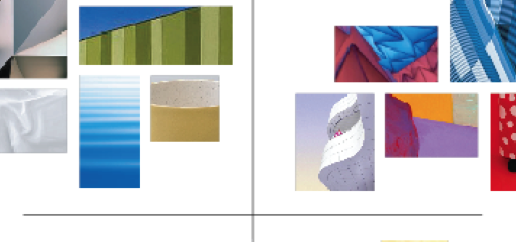
3 Ways Visual Frames Build Brands
Business plans are documents that outline the details of a business - usually a startup - and define its objectives and how to achieve specific goals. It’s a written roadmap from marketing, financial and operational perspectives. What’s missing in most business plans is any specifics about the business brand. Most often a ‘brand’ is associated [...] Read More